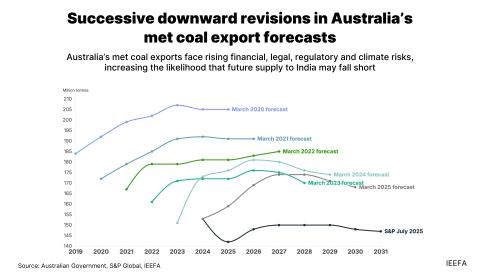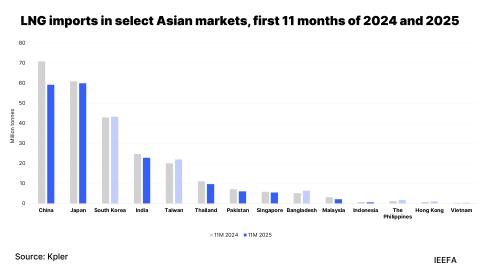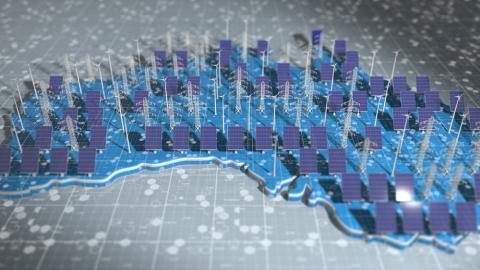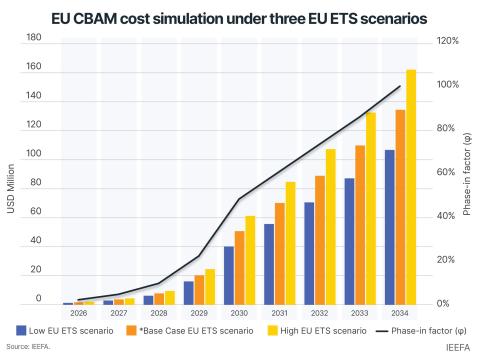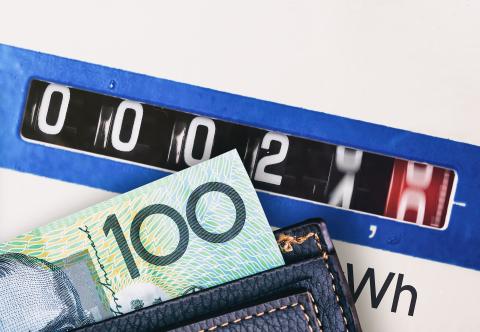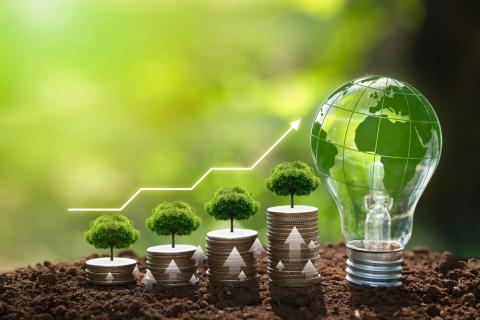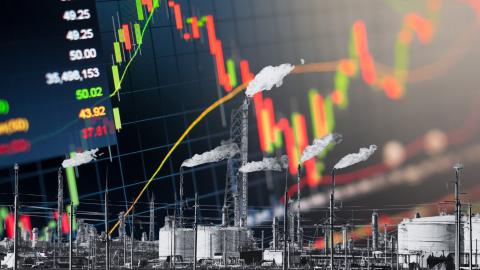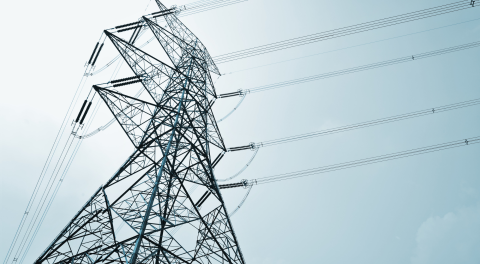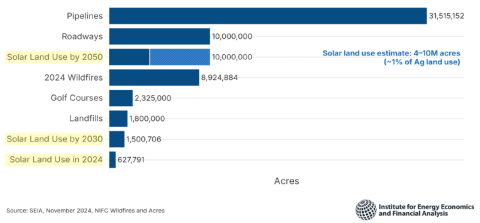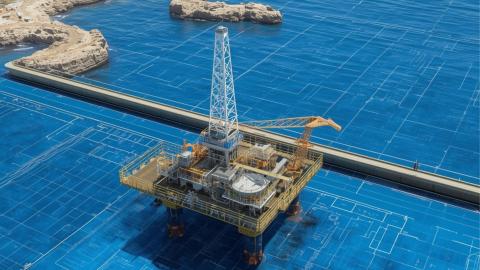Why aluminium smelters are a critical component in Australian decarbonisation
Download Full Report
View Press Release
Key Findings
Australia has the potential to become a much more significant economic power in a decarbonised world.
With abundant low-cost renewable energy sources, comparative advantage in the production of hydrogen, and huge deposits of minerals that form the basis of industrial production, Australia could lead the world in producing the components of low-carbon industrialisation: steel, aluminium, cement, silicon, lithium and rare earth minerals.
At about 35% of total output, generation of electricity is Australia’s largest source of carbon emissions. But electricity is also key to rapid decarbonisation of other major emitters such as transport, industrial processing and manufacturing, that now account for 54% of the country’s emissions.
Executive Summary
Australia’s aluminium sector is particularly interesting right now because it is failing6, with all smelter operators losing money and considering closure. Australia is one of the world’s most emissions-intensive aluminium producers.7 Accelerated deployment of renewable electricity is a path out of this quagmire, but is it economically viable?
This briefing note examines New South Wales’ Hunter Valley as a microcosm of the challenges and opportunities facing Australia and its major industrial electricity users, with a focus on NSW’s largest electricity user, Tomago Aluminium.

